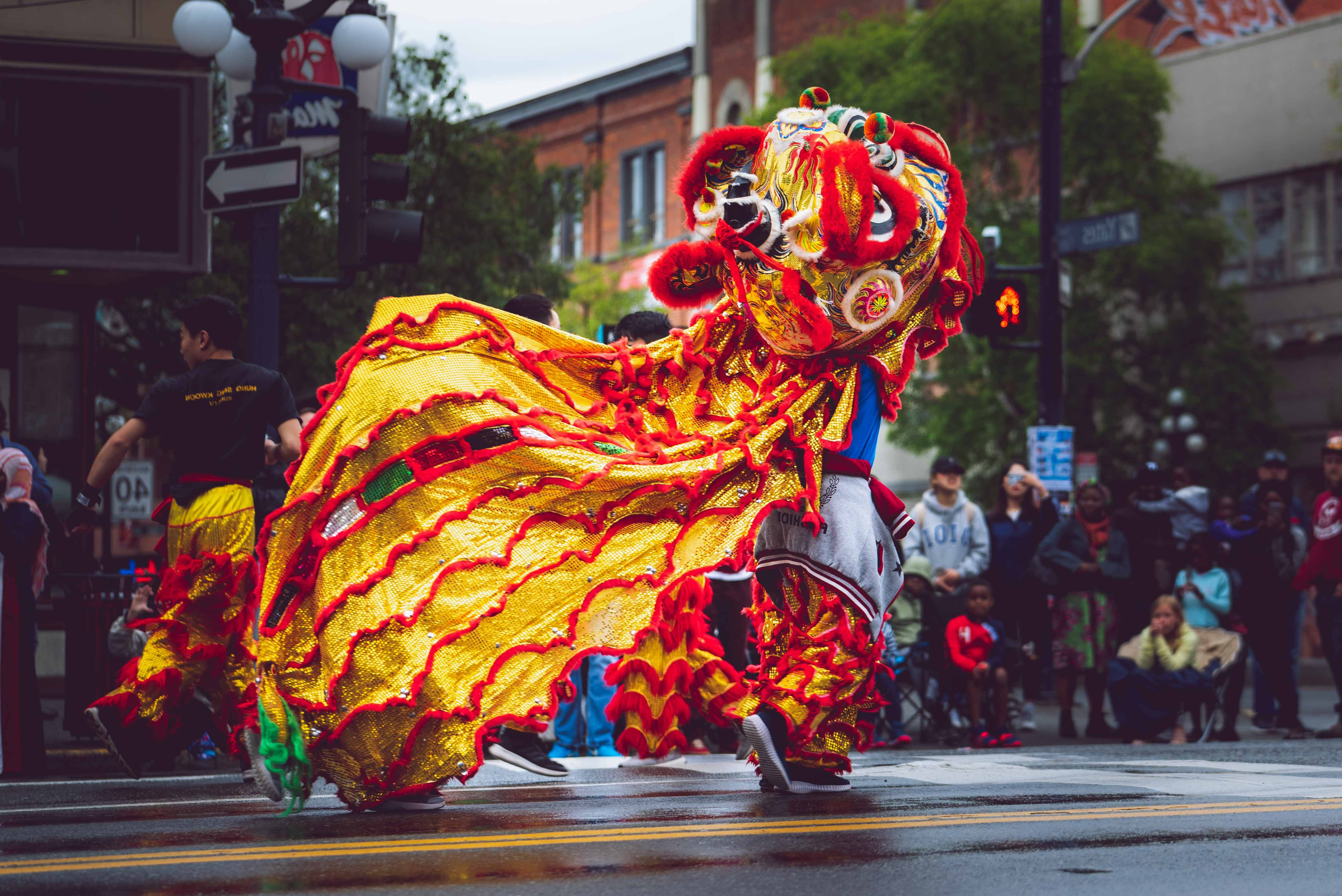Chinese New Year and how Western retailers can benefit
Chinese New Year is a very big deal. Tracing back over 3,500 years, accounting for China alone, potentially one-sixth of the world’s population celebrates the Lunar New Year.
This number increases when the entirety of the Chinese diaspora is accounted for, with vibrant celebrations being observed wherever a significant Chinese community is found. For example, Chinese New Year is celebrated in London, New York, Cape Town and even Kingston, Jamaica.
Chinese New Year follows the lunar calendar and falls between January 21 and February 20. The New Year kicks off the Spring Festival, a long holiday filled with traditions for each day. The Chinese Zodiac features heavily in the Lunar New Year, with each consecutive year coming under the banner of one of the twelve animals in the Zodiac. In 2020, Chinese New Year officially begins on Saturday, January 25 and ends on February 4. The New Year will be marked as the Year of the Rat.
Chinese communities across the globe will be marking the Year of the Rat by adhering to centuries-old traditions and rituals, as well as engaging in more modern tastes, such as shopping and international travel.
Last year, the Chinese government said that retail and catering enterprises generated a revenue of over 1 trillion yuan ($148.3 billion) during the holiday.
With how widespread the celebration is, retailers have an enormous and lucrative opportunity to take advantage of, but so far many Western retailers have been slow to develop a cohesive marketing strategy for Chinese New Year. In our guide, we’ll delve into why Chinese New Year matters for Western retailers and how brands can better engage with Chinese consumers.
Why Chinese New Year should be important to Western Retailers
Chinese New Year and the Chinese Diaspora
Western retailers should be keen to invest in a marketing strategy aimed at targeting consumers during Chinese New Year, considering the significant overseas Chinese population that reside in or visit the West.
There are approximately 400,000 British Chinese in the UK. British Chinese have the second-highest household income across demographic groups in the UK. China is also the leading country of origin for international students in the UK, with over 106,000 Chinese students enrolled at UK universities. Moreover, a significant proportion of British citizens of other East Asian heritages also fall under part of the Chinese cultural diaspora (Vietnamese and Cambodians of Chinese heritage, for instance).
Across the pond over in the United States, America has the largest overseas Chinese community outside Asia, with nearly 5 million Americans being of Chinese heritage. In Canada, 5 per cent of the total population is of Chinese heritage and number over 1.7 million.
Like the UK, Chinese communities in Canada and America tend to have a higher household income in comparison to other demographics. Which makes a compelling case for retailers to consider marketing to Chinese communities during the holiday, as many will be looking to purchase presents, food and drink for the holiday, as well as to travel domestically and internationally.
Chinese Tourism and Spending Habits in the West
Many Chinese people are choosing to celebrate the Lunar New Year by travelling abroad. The UK tourism market receives a significant boost from Chinese travellers each Chinese New Year. In 2019, tourism from China to the UK rose 24 per cent and 80 per cent of Chinese tourists prefer shopping instead of partaking in cultural activities.
Spending by Chinese tourists is also steadily increasing. By comparison, in the year 2000 Chinese tourists spent $10 billion overseas and by 2018, that number rose to $277.3 billion. Behind the growth in tourism from China is the rise of the nation’s middle class, as well as the Chinese appetite for richer experiences such as travel to exotic locations and luxury goods.
This increase in Chinese spending could be the antidote to our current retail woes. The UK retail market, particularly the high street has been struggling for the past few years and targeting non-native cultural holidays might be a partial remedy. Targeting more Chinese tourists could be a crucial step towards reviving the high street, considering that in 2016 Chinese tourists were responsible for 25 per cent of all tax-free shopping in London’s West End.
How can brands engage with Chinese communities during Chinese New Year?
Two concerns should be at the forefront of any brand looking to break into mainland China or engage with Chinese communities. The first should be how the business can develop content that resonates with the values of Chinese consumers. The second should be how their marketing strategy can crack Chinese social media networks like WeChat and Weibo.
Making content that engages with Chinese consumers
The first consideration is linguistic and cultural. Direct translations do not always work when translating from English into Mandarin or Cantonese — as Burberry learned the hard way in its 2015 blunder. Brands must pay close attention to the visual appearances of copy and how it looks when translated into Chinese script.
Businesses need to understand the nuances of the Chinese language. This goes beyond merely translating into Mandarin or Cantonese and even encompasses whether consumers in that specific Chinese market respond better to Traditional Chinese script or Simplified Chinese script.
For instance, in mainland China, Malaysia and Singapore, it is better to use Simplified Chinese. In Taiwan, Macau or Hong Kong, residents primarily use Traditional Chinese script. The overseas Chinese community primarily use Traditional script. Because of the wide adoption of both Traditional and Simplified across Chinese communities, many Chinese news outlets and websites offer both options to their audiences. As a rule of thumb, retailers should offer translations in both scripts.
Cultural nuances cannot be forgotten about either. Younger Chinese consumers will not respond well to tacky and trivial content. For example, Burberry’s 2019 Chinese New Year ad campaign, which aimed to balance the brand’s haute couture aesthetic with traditional Chinese values, was widely reviled on Chinese social media, with users labelling it as ‘creepy’. While brands must take risks in their marketing campaign, brands need to consult local specialists to examine the tone of their campaigns and how it might appear to Chinese consumers, especially with regards to important cultural institutions.
Why brands need to use Chinese Social Media
As we have pointed out before, the digital channels in China are completely different from the West. Google, Facebook, Twitter and YouTube are blocked, which means regional social networks flourish in place. Consumers in China use Baidu for web search; WeChat and Weibo for social media; and Youku for video.
According to research from Statista, WeChat’s active accounts have been increasing by 20% each quarter, with WeChat achieving 1.15 billion monthly active users by the end of 2019. Weibo by the third quarter in 2019 reached 497 million monthly active users. WeChat and Weibo are necessary additions to any brand’s social media marketing campaign in China, and we have previously touched on how brands can manage an effective brand campaign on both of those platforms before.
Regulations on social media and internet access are tighter in China in comparison to the West and compliance with these rules should be a major part of the marketing strategy in China.
Find out more
The sheer volume of Chinese speakers and their spending power should be enough incentive for businesses to try to attract the attention of Chinese consumers during Chinese New Year.
Having worked in China for over ten years, Locaria understands the subtle linguistic and cultural differences and will ensure your content flows seamlessly between different languages and audiences.
Locaria can help you plan and execute your international marketing efforts with focused research, translation, localisation and other strategies. To find out more, call us on +44 (0)20 3948 6800.



